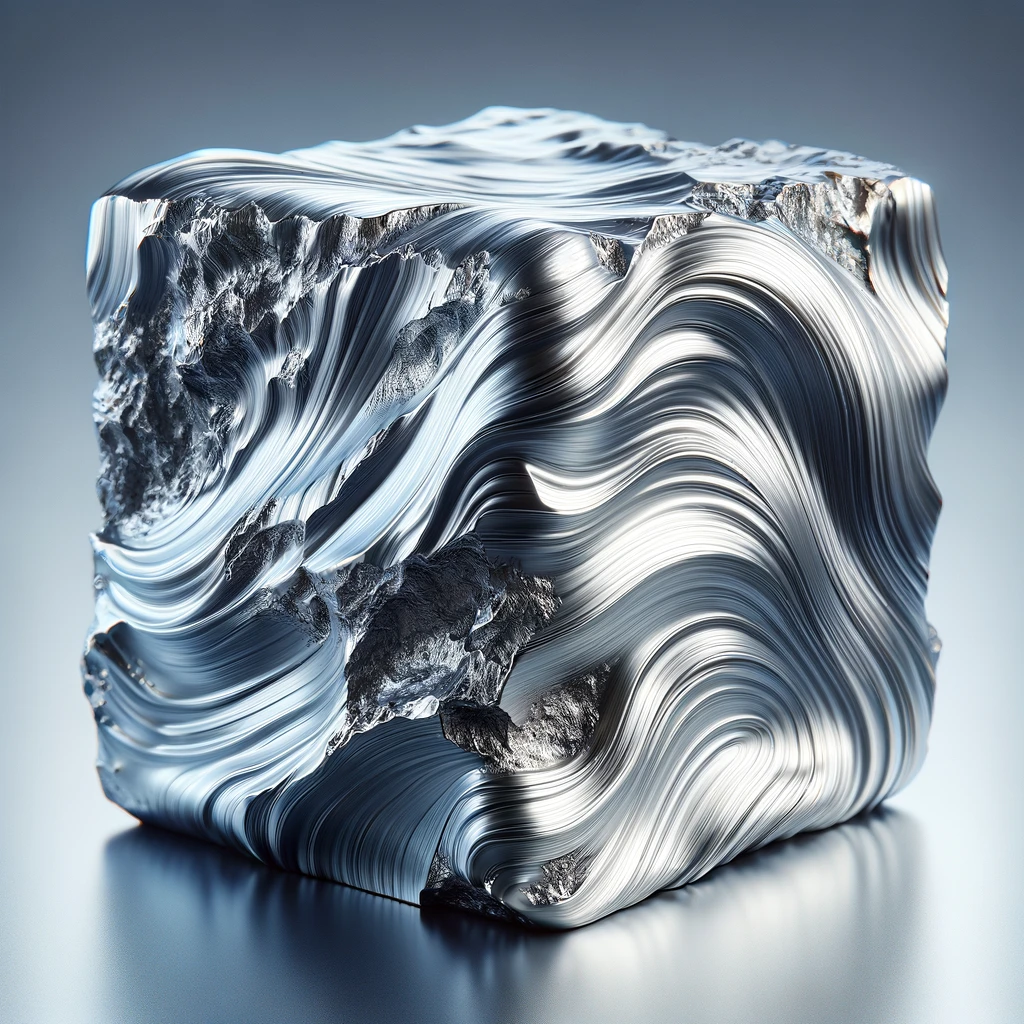
The Essentials of Chromium
Chromium, a chemical element represented by the symbol Cr and atomic number 24, stands out in the periodic table due to its distinctive silver-gray luster. It was first discovered in the late 18th century by French chemist Louis Nicolas Vauquelin, who was intrigued by a bright red mineral known as crocoite (lead chromate).
Physical Properties
One of Chromium’s most notable features is its incredible resistance to tarnishing and corrosion. This property makes it an ideal material for electroplating, where a thin layer of chromium is deposited on metal or plastic surfaces to enhance their durability and aesthetic appeal.
Biological Role
In the realm of biology, chromium plays a crucial role as a trace element in the human body. It is essential for the metabolism of carbohydrates, fats, and proteins, influencing blood sugar regulation by potentiating the action of insulin.
Industrial Applications
Chromium is a key component in stainless steel, contributing to its corrosion resistance, durability, and shiny appearance. This makes stainless steel an excellent choice for a wide range of applications, from kitchenware to architectural structures.
Chromium in Dyes and Pigments
Historically, chromium has been used to produce a variety of vibrant dyes and pigments. Chrome green, a mixture of chrome yellow (lead chromate) and Prussian blue, was a popular choice for artists and manufacturers.
Chromium’s Environmental Impact
While chromium is indispensable in many industries, it’s not without environmental concerns. Chromium compounds, especially hexavalent chromium, can be toxic and pose risks to both human health and ecosystems if not managed properly.
The Miraculous Element
In addition to its practical uses, chromium has found a place in popular culture, often being associated with sleek, futuristic designs and innovative technology.
Global Production and Reserves
South Africa, Kazakhstan, and India are among the leading producers of chromium, contributing significantly to the global supply. The vast majority of chromium reserves are found in the Bushveld Complex of South Africa.
Recycling and Sustainability
The recycling of chromium-containing materials is a growing focus in the industry, aiming to reduce environmental impact and conserve resources. This includes the recycling of stainless steel and other alloys.
Chromium in Gemstones
Chromium is responsible for the striking colors of several gemstones, including ruby and emerald. The element’s presence in these minerals contributes to their deep red and green hues, respectively.
Discovery and Naming
Chromium’s name is derived from the Greek word ‘chroma’, meaning color, reflecting its ability to produce a wide range of colored compounds.
Health and Safety
Handling chromium and its compounds requires caution, as some forms, particularly hexavalent chromium, are known carcinogens. Safety measures and regulations are crucial in industries dealing with chromium.



